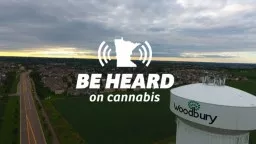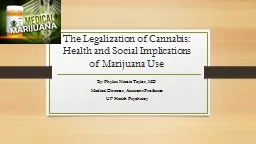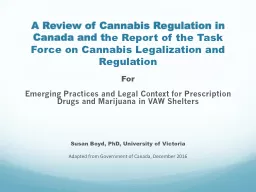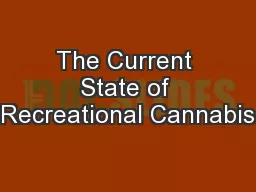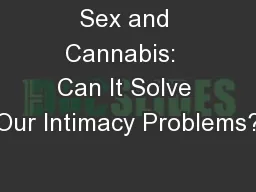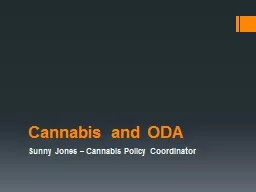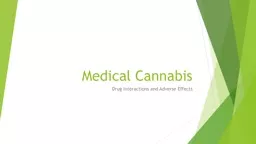PPT-What is cannabis? What is the current cannabis policy?
Author : unisoftsm | Published Date : 2020-07-03
What are the effects of the current cannabis policy How is cannabis policy changing in other states What technical elements need to be addressed What goals should
Presentation Embed Code
Download Presentation
Download Presentation The PPT/PDF document "What is cannabis? What is the current ca..." is the property of its rightful owner. Permission is granted to download and print the materials on this website for personal, non-commercial use only, and to display it on your personal computer provided you do not modify the materials and that you retain all copyright notices contained in the materials. By downloading content from our website, you accept the terms of this agreement.
What is cannabis? What is the current cannabis policy?: Transcript
Download Rules Of Document
"What is cannabis? What is the current cannabis policy?"The content belongs to its owner. You may download and print it for personal use, without modification, and keep all copyright notices. By downloading, you agree to these terms.
Related Documents

